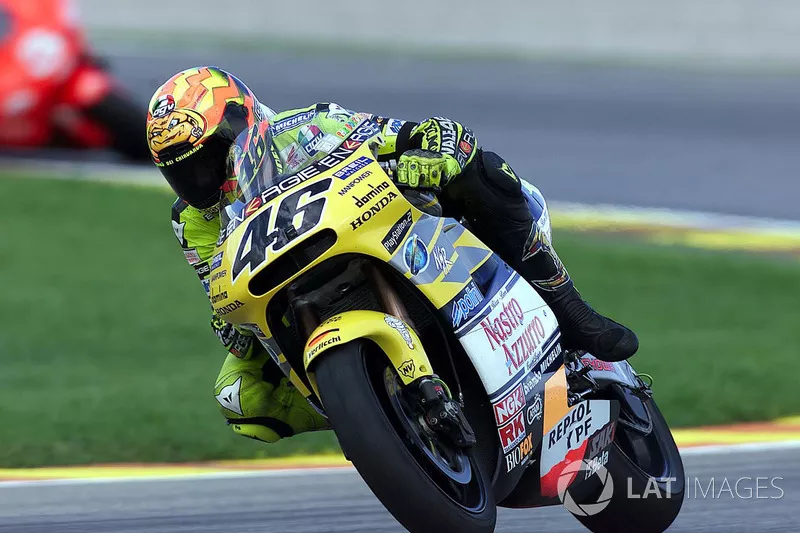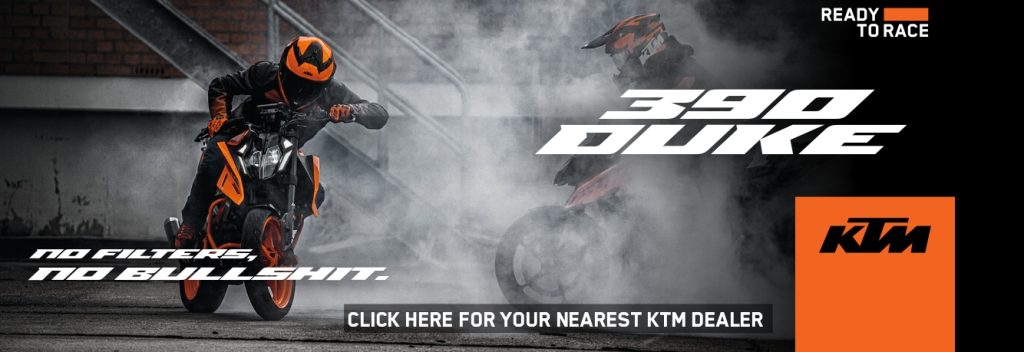So are modern road bikes.
Story: Donovan Fourie.
News has been running amok that at the Moto3 pre-season test at Jerez in Spain, Spanish youngster Jose Rueda on the Ajo KTM ended fastest with a lap time of 1:43.2.
What makes this time so significant is that it is faster than Alex Criville’s pole-setting time at that same track on board the Honda NSR500 in 1999. That time was 1:43.6. More so, the best lap of that race (also Criville) was 1:44.6.
To put this into perspective, a 250cc single-cylinder four-stroke now sets a faster time than one of the last generation 500cc V-four two-strokes. The last 500cc two-stroke pole time was in 2001 which was a 1:42.7, also on an NSR500 ridden by Valentino Rossi – that time should be bested by Moto3 in the next two or three years.

For the kids in the audience, the 500cc two-strokes were more than just respected – they were worshipped as mechanical deities. They breathed fire and one twitch too far with the throttle would send the rider skyward in the sort of highside we no longer see since electronics nanny everything we do. The rider was on a dragon just waiting for the moment it turned its head towards them and flamed.
People at home could only imagine the skill of these riders who could finish 27 laps at pace without being taken away in an ambulance.
Except that they are now seeing kids on suped-up buzz bikes outdoing them.
Actually, we are seeing road bikes ridden by people who stared at these 500s in awe going faster than them also.

This was confirmed in 2012 at the world launch of the updated BMW S1000RR superbike at Valencia in Spain. The celebrity on hand that day was WorldSBK star Troy Corser, who also did a year on a 500 in 1997, although that was a satellite Yamaha, but a 500cc V-four nonetheless.
Wondering how far these latest iterations of road bikes were from the 500s, I asked him, expecting the answer to be that the 500s were the monsters my stewed imagination had made them out to be and that these road bikes were making a valiant effort but still nowhere close.
Actually, I couldn’t have been more wrong: “Nah mate, these bikes are waaay faster,” he said in his Australian way.
The 2012 S1000RR pushed 193hp. The 1997 Yamaha Corser rode probably kicked out something closer to 160hp. That’s on a bike weighing somewhere around 150kg with some petrol on board. It may corner faster but when it comes to opening the throttle, that weight won’t make up for 33hp.

The bike Criville rode was a touch faster, with horsepower claimed to be a little more than 185. That’s a lot in a time when most track-oriented superbikes put out around 130hp. The bravest souls lapped on an R1 that was 148hp.


That was 12 years ago. Bikes have moved on since, including the S1000RR that later got an evil twin called the M1000RR that now pushes 212hp. And that’s not the top of the pile – for road legal horsepower you want the Ducati V4R, especially ones with the performance upgrades that most owners order without hesitation…
There you are looking at a ridiculous 237hp, a massive 52hp more than the top 500s produced.

People often talk about the good old days. Whenever people tried the “Not like the good old days” talk with my dad, Simon Fourie. His response was always:
“We are living in the good old days”.
We were right to worship those 500s in the 90s, just as we should be worshipping what we have now, and the glorious way technology catches up. We, mere mortals, are riding bikes faster than our heroes used to ride.
That gives me a good feeling.











